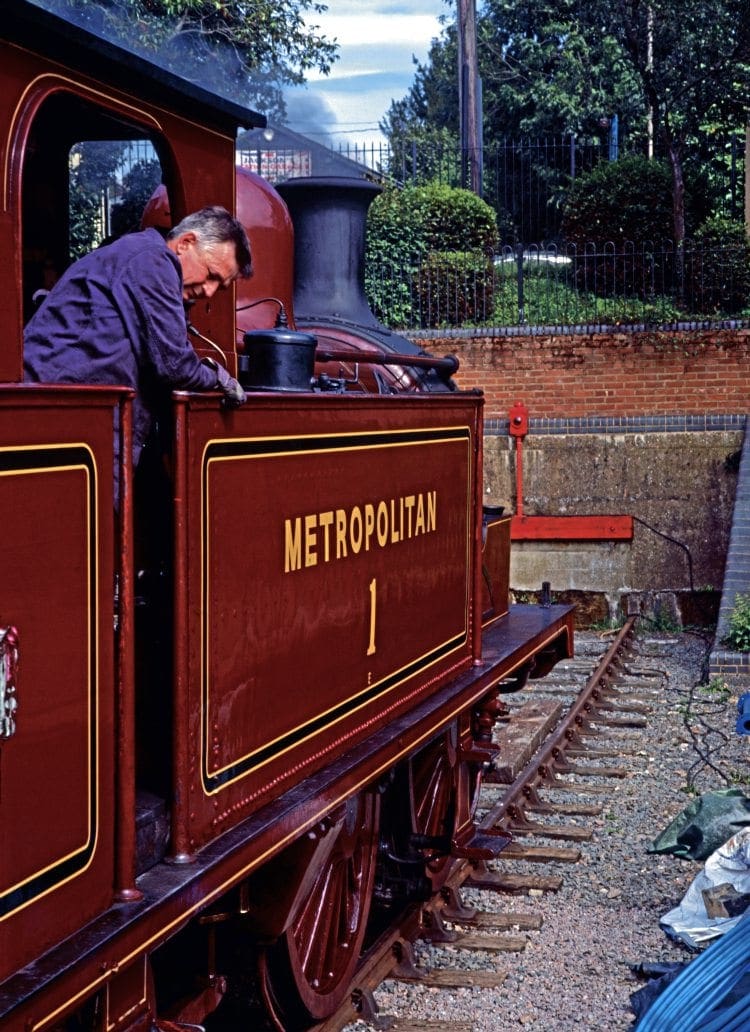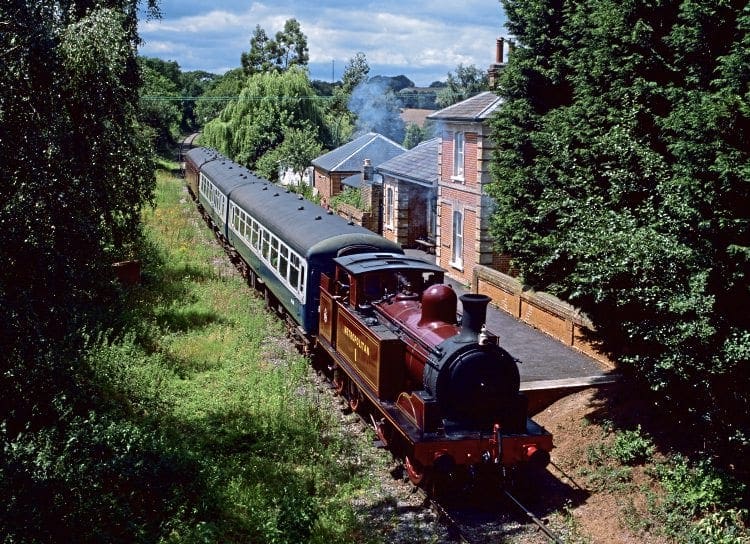It could be reasoned that the original Great Eastern Railway, and latterly the London Transport line linking Epping to Ongar that closed in 1994, would not have that many railway skeletons in its closet. Heritage Railway troubadour writer, photographer and regular at the present day Epping and Ongar Railway, Geoff Silcock, disagrees.
Far to the East of London, and nearly 15 miles away from the centre of our metropolis, is the present terminus of the London Transport Central Line at Epping station.
Of course, it wasn’t always like that, for the original GER line, and latterly London Transport outpost terminated at Chipping Ongar more than five miles further on, though nowadays this stretch of line is now better known as the heritage Epping Ongar Railway.

Original ‘dead end’ station…
Enjoy more Heritage Railway reading in the four-weekly magazine.
Click here to subscribe & save.
Initially there was a plan by the Great Eastern Railway to continue the line east from Chipping Ongar, where the line could have turned to the north to reach Great Dunmow. However, the local history of the town suggests that several local dignitaries objected to any proposed extension on from their hard-won terminus, to the extent that they purchased a tract of land across the main street where the projected route would pass.
It was then ceded to the local church, which started using it for burials, and thus the emergent GER was thwarted from proceeding any further, and so Chipping Ongar has retained its terminus under its various owners’ tenure for the past 152 years.
The coming of the GER to the area certainly brought increased prosperity to the town, and the farms in the rural community benefited greatly from being able to send their fresh milk to London to obtain the best prices.
After the turn of the 20th century special trains were run, including on Saturdays, for dairy produce, with a recorded 5000 churns conveying 385,000 litres of milk per week taken from the line to the London markets. Ongar station alone supplied up to a quarter of that total, and a weighbridge that would have speeded up this operation can still be seen today to the side of the main platform.

Although the advantage of a general rail link for freight to and from the outside world would diminish through the years with the advent of increased road competition, and with the changing patterns of modern living through the 20th century, the line from Epping to Ongar received a boost through both world wars, which increased into the mid-1950s, from the nearby airfield and associated features established at North Weald in 1916, and a feature of the air base was a forces’ ticket booking facility.
The major change to the line came in 1935, with a government-funded £35m strategy to improve sections of the railway network around London’s rapidly-expanding outer suburban belt. Among others, the LNER lines from the Stratford area to Ongar, including the Hainault Loop, were to come under the control of the London Passenger Transport Board, and become part of London Transport operations.
Read more in Issue 234 of HR – on sale now!
Advert
 Enjoy more Heritage Railway reading in the four-weekly magazine. Click here to subscribe.
Enjoy more Heritage Railway reading in the four-weekly magazine. Click here to subscribe.











